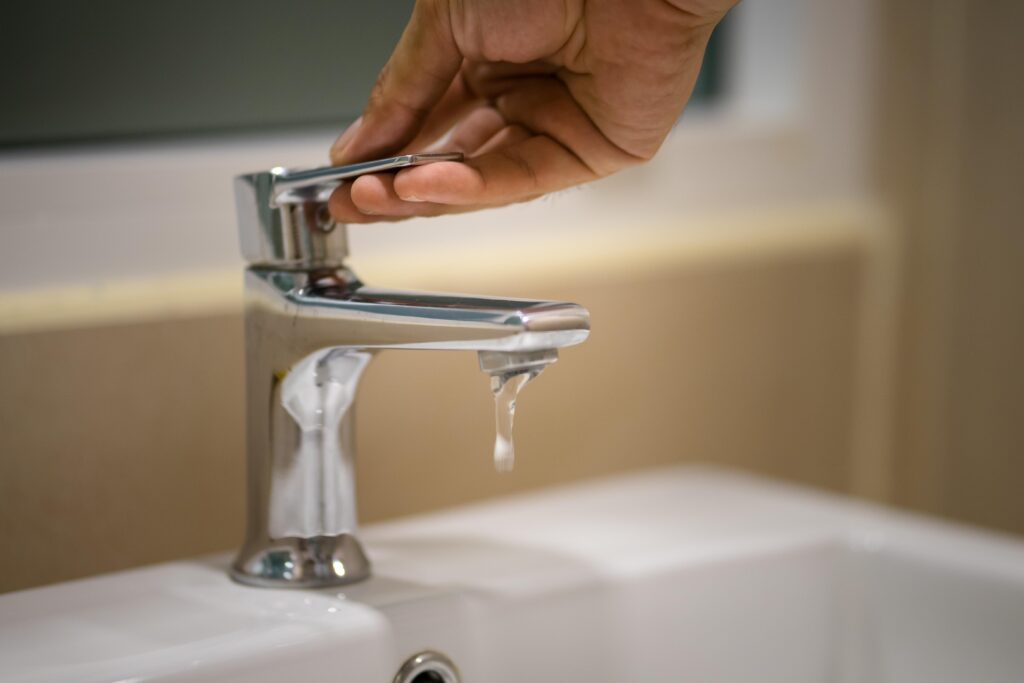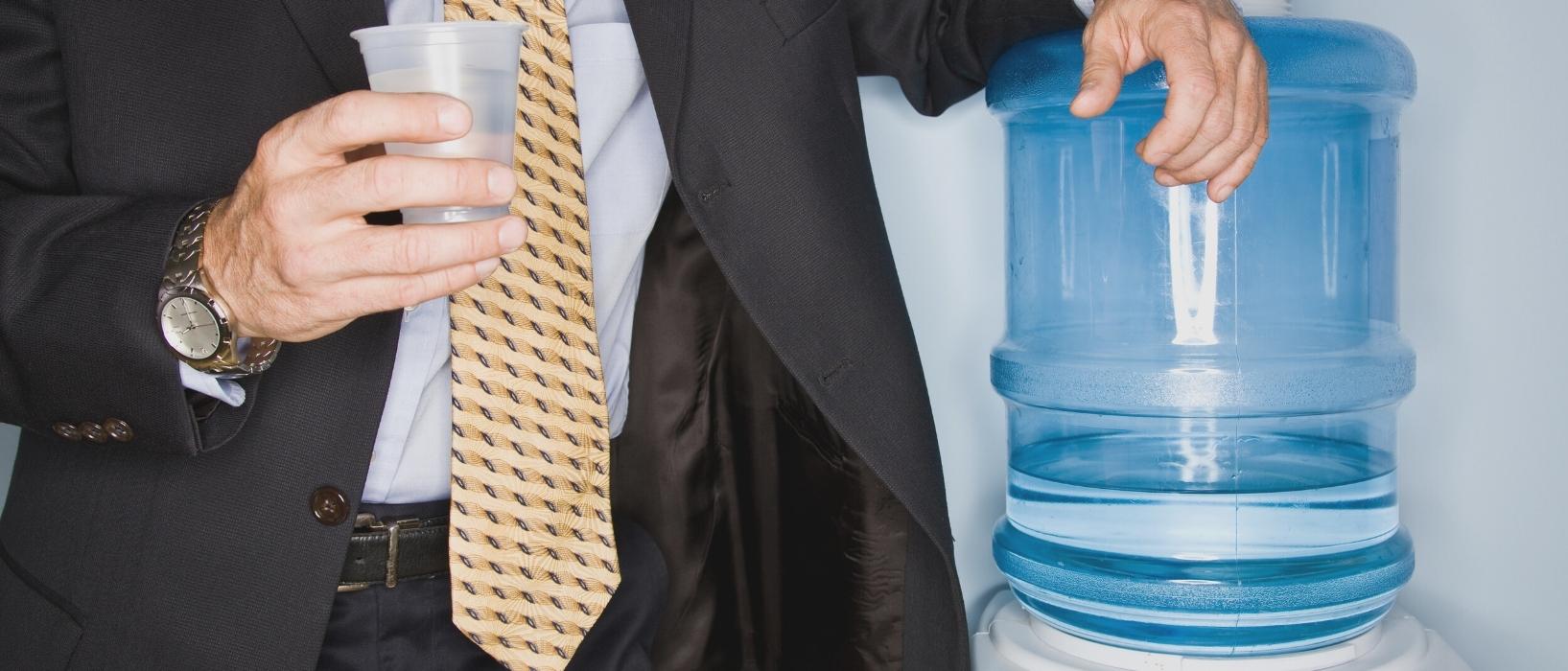When businesses are thinking about becoming more environmentally friendly, water usually isn’t at the top of their priority list. There seem to be far simpler and more beneficial ways to reduce your footprint.
However, cutting down on water consumption is essential. Freshwater, as we have talked about previously, is an incredibly precious resource and one that is slowly dwindling.
Using less of it is vital to managing our resources into the future and reducing the greenhouse gases released during its collection, treatment, and supply. Not to mention, you could save up to 30% of your water costs through simple, inexpensive actions. For example, fixing a leak from a single cold water tap save you up to £900 a year.
There are also non-financial benefits of using water efficiently. Suppliers and customers are increasingly environmentally conscious, demanding that businesses use natural resources sustainably. By demonstrating that you are doing so, you can not only attract and retain customers and employees but also create interest from investors, stakeholders and the media by showing that your business is well managed.
In most micro, small, and medium-sized enterprises, water usage patterns are similar to domestic environments, with the bulk of regular water usage going towards toilet flushing, hand washing and cleaning.
So, how do you start to use less?

The first step, as usual, is to monitor how much you are using currently. A smart meter is one of the best ways to go about this. Once you’ve got the readings, it can help you identify areas with the potential to cut down and quickly pick up on any changes to your water consumption patterns.
Then, it’s time to start cutting down.
One of the easiest ways to begin is through engagement and education of your staff. This means making them aware of your water consumption efforts and encouraging them to start saving too.
This could be as easy as displaying posters around your premises with the kind of practices you want them to carry out, reminding them to be mindful of the water they use.
If you want to do more, you can offer training and guidance on what needs to happen water-wise within the business, what goals you want to meet, and perhaps most importantly, why. Try and get them engaged; ask for suggestions on what else you could do, or even offer rewards to teams for saving the most amount of water.

Practically, how you will actually save water depends on how you currently use it. For example, if you have appliances on site that use a lot of water, such as dishwashers or washing machines, wait until you have a full load before turning them on.
If you have old or unmaintained plumbing, getting it fixed is another necessity. This could be as simple as fixing a leak, or it could involve working with facilities maintenance specialists to update to low-flow outlets and faucets with aerators.
This may seem like an unnecessary expense, but by updating to a low-flow toilet, for example, you could be saving two gallons for every flush. In a busy office, this really adds up over time.
There may also be some areas that you don’t necessarily think about needing improvement. For one, landscaping and green areas often require a lot of water and could be updated to cut down on that.
No matter how you cut down, though, there’s no doubt that the less water is used, the better.
Water Usage is included in Play it Green’s Net Zero Framework, free to access for all of our business members.
The Framework allows the business to review, plan and set actions in 9 key programme areas that will ultimately take them to net zero: Governance, Energy and Emissions, Food, Procurement, Transportation, Venue, Resource Use and Waste, Water, and Projects and Workforce.











